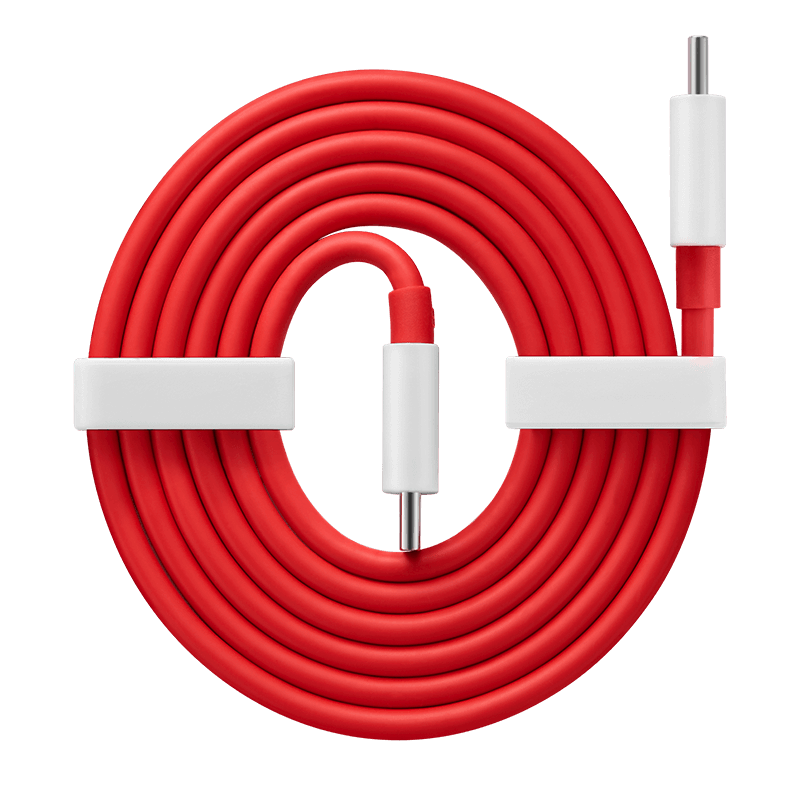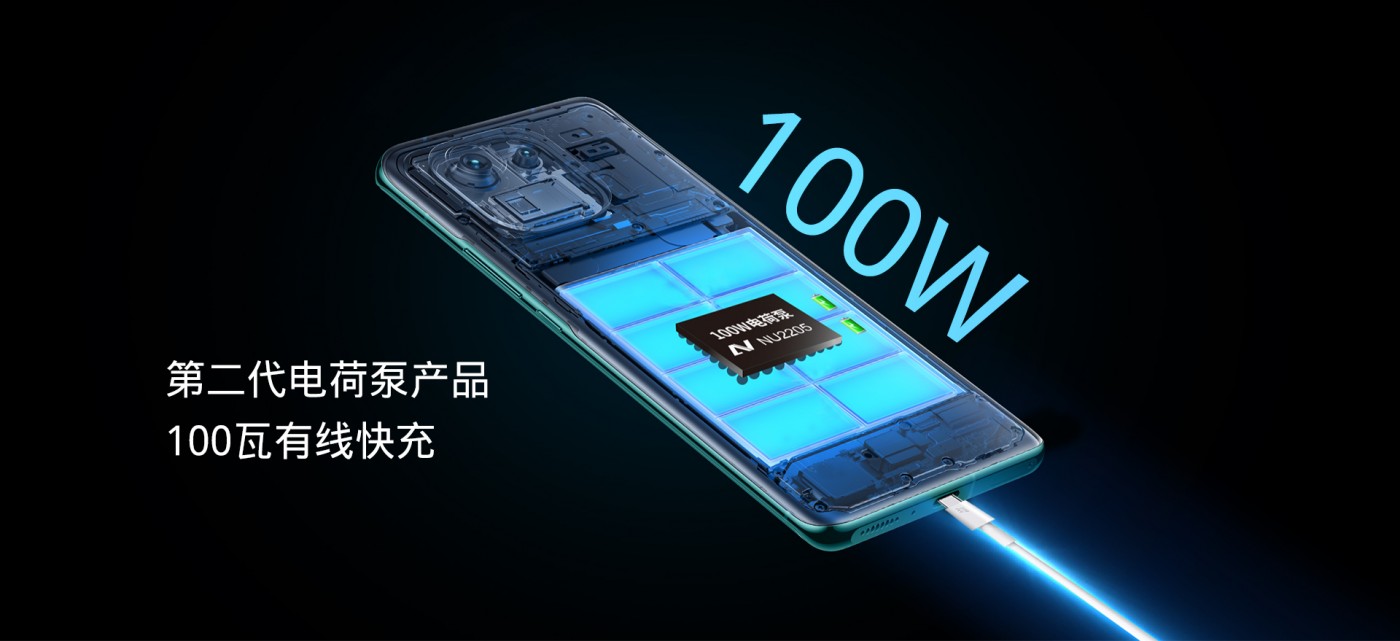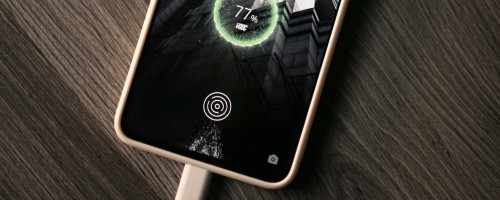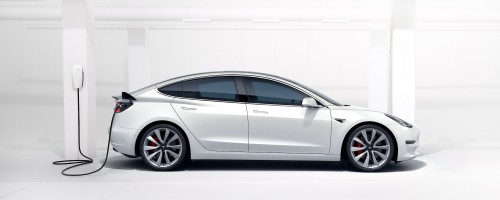
Long gone are the days when a mere 10W was considered to be “fast charging”. The world has moved to 40W, 60W, 100W, 140W, 200W… and every year speeds increase. Some brands develop their own proprietary technology, while others use standards like USB PD and competition is fierce.
While fast speeds are nice to have, how well do batteries handle these increasingly high speeds? Let’s look at what manufacturers and users say.
What brands say
OnePlus (WARP and DASH), Huawei (Super Charge), OPPO (Super VOOC), Realme (Super Dart), and Xiaomi (Hyper Charging) are the brands with the most popular proprietary charging technologies. There’s also USB-PD, a standard supported by lots of phones, tablets and computers.
Independently of the technology used, companies usually claim minimal degradation. For example, Xiaomi claimed 80% of capacity at 200W after 800 cycles. That’s only a 20% capacity loss after two years, if you charge once a day.
However – and more this below – these claims seem to be optimistic and depend a lot on how phone is used and charged. If you had battery issues before, you’re probably aware that even with slow charging, phone batteries sometimes start losing capacity before the device is 2 years old.
We should take their claims with a grain of salt, after all they make money selling new phones. Call me a cynic, but there’s no real incentive for them to make a battery that lasts forever and if you start having problems after the warranty ends, you’ll either buy a new phone or repair it yourself.
What users say
Opinions seem to change depending on the user’s usage and for how long they keep their devices.
Looking at feedback online (Reddit, XDA, brand’s forums, etc), it seems that most users don’t see any major degradation for the first year. Complaints start to increase after 1.5/2 years, with posts asking for suggestions to improve battery life or questions about a battery replacement. After 2 years, you start seeing more complaints and those without major degradation take care of their battery and slow charge.
Degradation also seems to be higher and happen faster when users charge and do something heavy (eg: gaming) at the same time. This is probably due to the heat that both tasks create.
So, it really depends on how long you plan to keep your device:
- If you change phones every year: Fast charge!
- If you keep your phone for 2 years: Fast charge, but battery capacity may drop at the end.
- If you want to keep the phone for a long time: Slow charge, avoid deep discharges or staying at 100% for long, avoid heat, only fast charge when really needed.
Again, keep in mind all this depends a lot on your own usage and that future technologies may also affect the battery endurance.
How can it charge so fast?
The increases in speed are happening due to a mix of new tech, some tricks and the optimization of old tech.
New charging chips and chargers:
Chips are everywhere and control everything, even charging. In order to get high speeds, there’s usually a “negotiation” between the phone, the cable and the charger. That’s why sometimes fast charging only works with the original charger and cable.
In the past few years we’ve seen the introduction of new charging chips capable of steadily delivering 100W or 200W+ without overheating and without costing too much. One of the companies behind these chips is the Chinese company NuVolta, which provides chips for some of the main brands.

Other advancements are in the charger itself, with Gallium Nitride (GaN) chargers becoming more popular, reliable, and affordable.
The newer GaN technology allows chargers to be more efficient, delivering high speeds without having to throttle speeds as much due to heat. They’re also smaller and are able to deliver 2 or 3 times more power than a similarly sized charger from a couple of years ago.
Moving hot components to the charger:
One popular technique to move heat away from the device and battery is to put some of the charging components inside the charger brick. That’s why sometimes chargers get really hot during charging sessions, keeping the phone itself just lukewarm.
Charing technologies like WARP/VOOC or Super Charge do this. The main downside is that sometimes these changes reduce compatibility with other fast charging standards like USB Power Delivery (USB-PD).

Multiple batteries:
Phones that charge quickly often have more than one battery. This “trick” allows each battery to charge slower, generating less heat and wear, but still charge quickly overall.
For example, let’s say a phone uses a dual cell setup and is able to charge at 100W. Between ~20 and 80%, when batteries are able to receive the full power, each battery will “only” receive 50W each and then less as they start reaching +80%.
It’s still fast, but each individual cell / battery is not actually charging that fast.
Optimising and tweaking existing tech:
Some of the improvements come from tweaks to technologies we’ve been using for years. For example, moving some components from the device to the charger is not a new idea and the same could be said about multiple cell setups, but they’ve been adapted and improved.
Some of the technologies managed to increase speeds by using different voltages and amperages. OnePlus’ WARP and OPPO’s VOOC charging require thicker cables because they push more amps to the device, while Quick Charge from Qualcomm uses higher voltages, allowing for thinner cables. Again, not an innovation per se, but different ideas allow for different advancements with different upsides and downsides.
When it comes to batteries, while our devices usually use Lithium Ion batteries, not every battery is created the same. Some are optimised for capacity, while others are optimised for speed and lower resistance. This allows manufacturers to use different philosophies when thinking about charging problems.
Some devices now use cooling heat pipes, thermal pads, etc, to transfer excess heat away from the battery. Previously this was mostly used to cool down the processor/SoC and motherboard.
Wireless Charging and Heat
Wire-free charging is still behind wired charging. While some brands have already passed the 100W line, sometimes using fans, multiple chargers, and even magnets to properly align the charger with the device, the only real reason to use wireless charging is convenience.
Wireless charging generates more heat (heat and batteries are a bad combination) and wastes a lot of electricity. Some tests have shown that compared to wired charging, wireless charging uses 40-50% more power to charge the same phone.
If you’re going to fast charge and long term battery life is in your mind, then use wired charging instead. It’s superior in almost every way.
How to take care of your battery
A good rule of thumb is to avoid the extremes: don’t discharge too much or stay fully charged for too long, avoid very low or very high temperatures, fast charge only needed, etc.
Read our Tips to Prolong Your Long Term Battery Life article for a complete list of tips and explanations about long term battery life.
Your feedback
Since there are lots of different phones, many charging technologies and different usage patterns, it’s hard to form a proper opinion about these hyper fast charging solutions. That’s why it’s important to share your opinion about this.
What are your experiences with WARP, VOOC, DART, USB-PD, etc? Leave a comment below!
2021-08-15 // Others // 0 Comments



Comments: